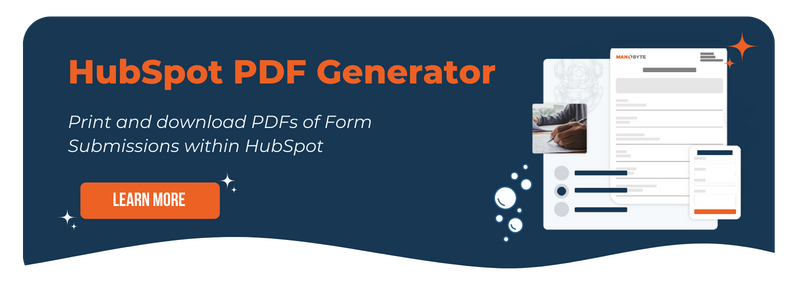Sales Reps in the building materials industry are used to selling in person, face-to-face, and relationally. While that has worked for a long time, a lot has changed and we find ourselves in a "digital first" world. Change can be intimidating, especially to a team of sales reps who have been doing their job that same way for decades. As technology, buying, and social selling change, so should your sales team's strategy to connect with the right buyer at the right time. That's where inbound marketing comes in.
Chances are you already understand the value that inbound brings. Helping your sales team expedite the shift to inbound can be difficult, but these easy tips can help smooth your business's transition into more current selling methods and inbound best practices.
1. Explain the Benefits
Let's start with the simplest, but certainly not the least significant bonus of implementing inbound marketing to persuade your team. Lots of leads! Since your business will be updating and sharing high-quality content across platforms like your blog and social media, you'll ensure that prospects are always falling into your sales pipeline.
Your sales team might be a little skeptical that your website and social media can bring in leads, but did you know that:
92% of marketers say that social media is important to their business
45% of people watch more than an hour of Facebook or YouTube videos a week
By promoting things like landing pages, great content and events, your sales team can gain the contact information of your target personas. That alone should be enough to keep any sales team happy, but wait; there's much more.
Did you know, only about 22% of businesses are satisfied with their conversion rates? Luckily, inbound best practices can help your sales and marketing team convert more strangers into leads, and leads into customers. Contrary to what you may think, cold-calling someone is not effective lead nurturing or generation and will not provide the best conversion rates. Inbound provides resources your potential buyers need to make an informed decision, and helps move them along the buyer's journey. There's nothing more frustrating than calling a lead who doesn't actually want to connect with you. Inbound helps inform your sales team when a client is ready to speak to a sales rep, enabling their success.
Furthermore, leads who are nurtured typically make greater purchases. According to HubSpot, nurtured leads produce, on average, a 20% increase in sales opportunities versus non-nurtured leads. If your sales reps are having a hard time reaching their numbers, that should sound like music to their ears. Explain to your sales department that allowing inbound marketing to nurture their leads could increase their sales and you will have a better chance of persuading them to trust the inbound methodology. After all, what salesperson doesn't want more commission? Explaining the facts about inbound marketing can help ease any fears and push your sales team to utilize it.
2. Define Ownership
To get your sales team on board with inbound, it's crucial to define who owns the leads as they pour into your CRM. Marketing will need their information to nurture them while they're closer to the top of the funnel, but your sales team should get the lead information when they are closer to the bottom of your sales funnel. Not all of the leads you've nurtured are necessarily the same quality, SO make sure your sales team has an agreed upon process to distribute nurtured leads to help them get into the swing with inbound.
3. Use Content
Make sure your marketing and sales team are sharing inbound content with each other. The more your sales team has to share with leads, the better educated they will be, helping them make a buying decision. Instead of "Checking in" emails, your sales team can send targeted content to prospects when they haven't engaged in a while. By giving content and educating instead of selling, your prospects will move further down the sale funnel. Communication and open discussions between sales and marketing are crucial, as both perspectives help create better-tailored content for your personas.
Marketing needs to create shared and easily accessible content for sales to use in this inbound process. When your sales department has content that addresses each of your persona's pain point, they will be enabled to succeed with selling the inbound way.
Sources:
https://blog.hubspot.com/insiders/old-school-sales-inbound-sales-team
https://www.hubspot.com/marketing-statistics
Ready to Dive In?
Work with our team of Business Process experts and watch us take manual clunky systems, tech stacks, and processes and turn them into tailored, intelligent workflows that deliver business outcomes.



